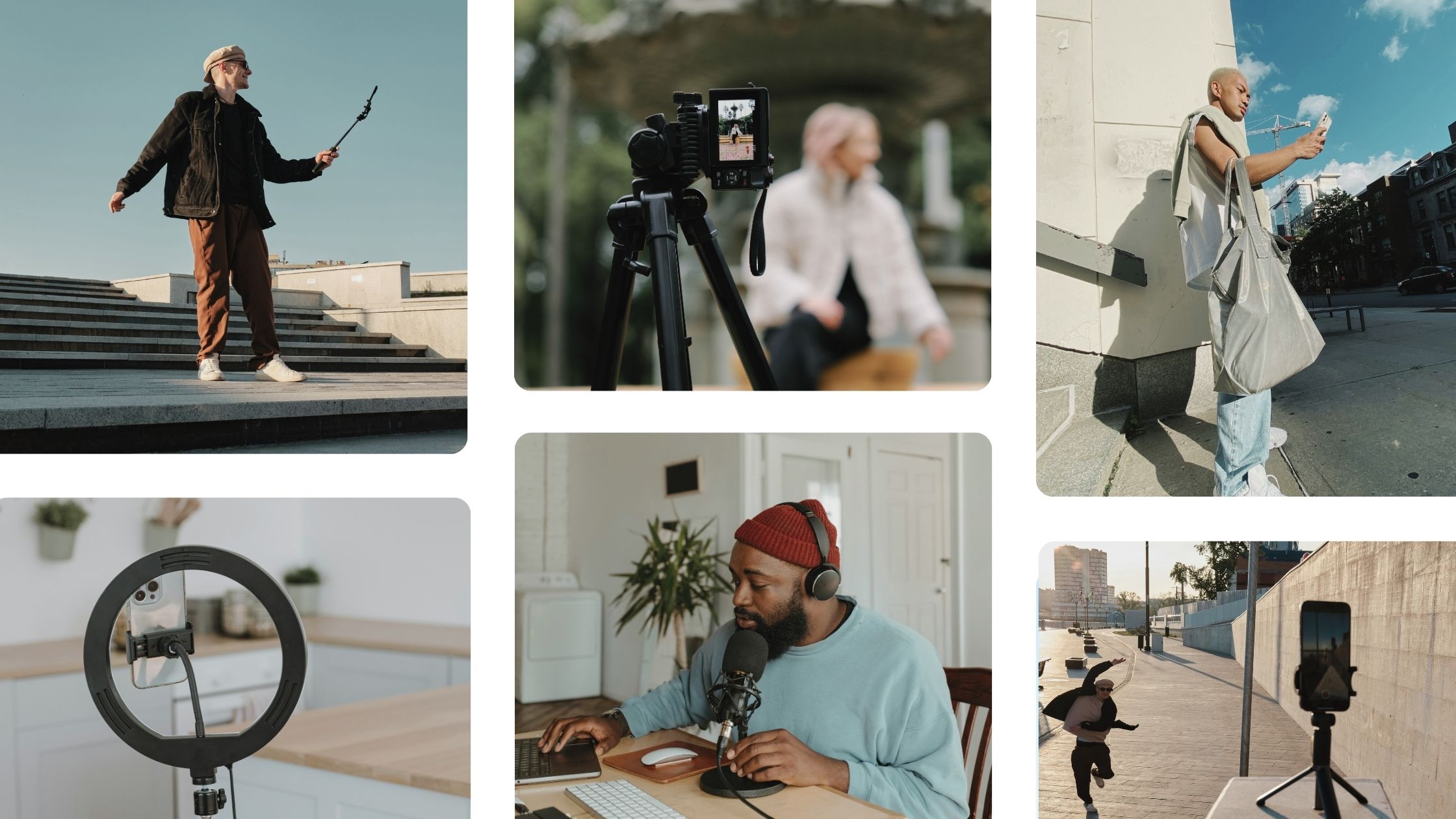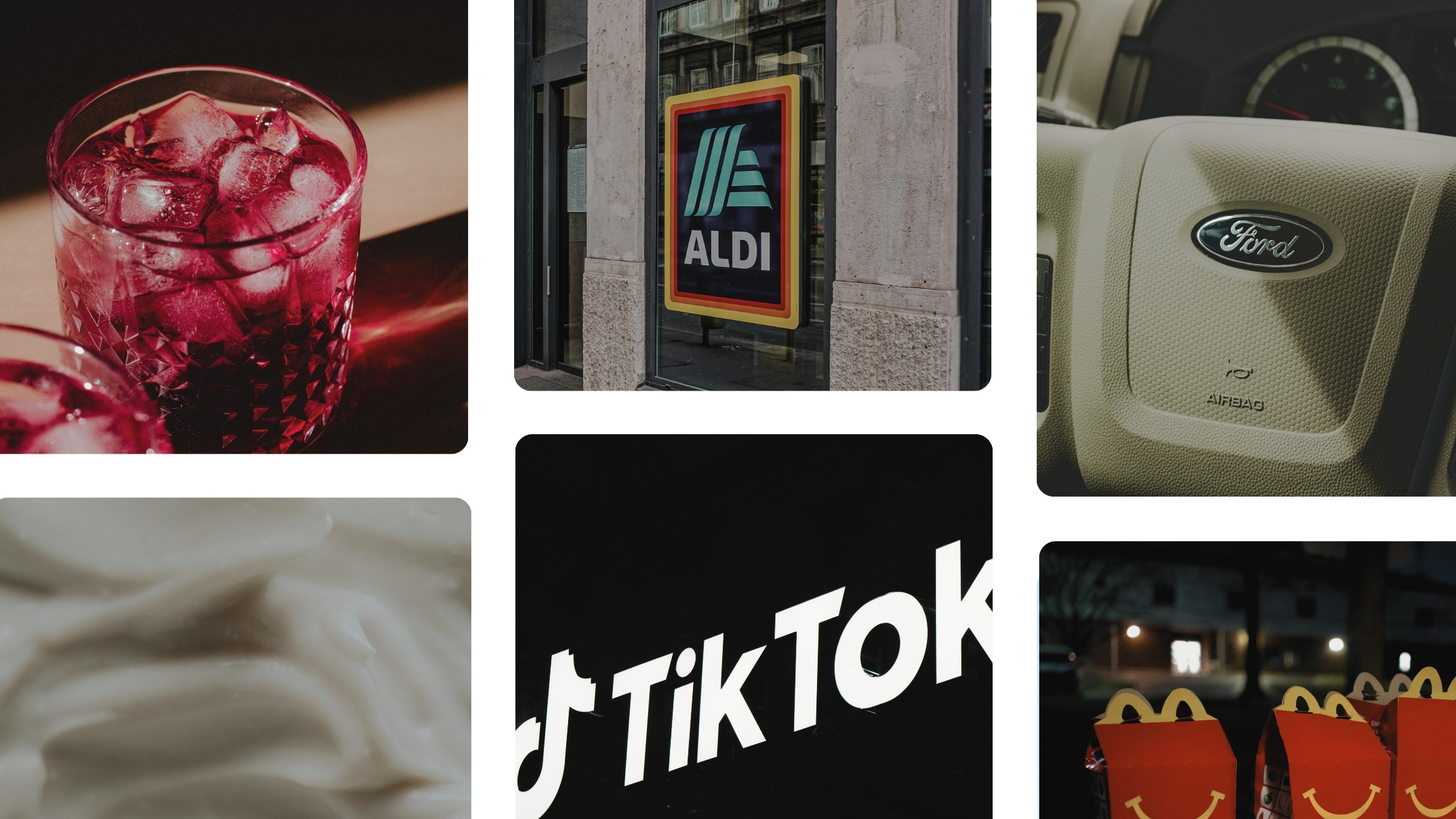Once the poster children of brand authenticity, influencers are facing a full-blown credibility crisis in 2025.
Our latest Pulse reveals that 65% of UK consumers now see influencers as “ads in disguise”, a dramatic shift from the early days when creators were seen as relatable, down-to-earth tastemakers. Only 10% still view influencers as aspirational role models, and 25% say they now fall somewhere between authentic and overly commercial.
In short, influencer marketing in 2025 is at a turning point.
Why influencer marketing in 2025 is losing consumer trust
What’s behind the shift? It’s more than just overexposure. Consumers feel that influencer content has drifted too far from genuine expression and too close to straight-up advertising.
Here’s what’s turning people off:
1. Fake and filtered content
40% of consumers associate influencers with inauthenticity and a lack of genuine performance. They used words like:
- Fake life
- Dishonesty
- Filtered
- Falseness
It’s not just about over-edited photos, it’s a growing discomfort with content that feels performative rather than personal.
2. A lack of transparency
25% pointed out that they often can’t tell when an influencer is being paid to say something. Vague captions, missing #ads, and unclear product placement are trust killers.
3. Materialism and showing off
20% said influencers are too focused on wealth and status. Words like “flexing”, “boasting”, and “show off” came up repeatedly, revealing a disconnect between content and everyday life.
4. Overexposure and audience fatigue
15% simply said they’re tired of influencers altogether. From endless promo reels to repetitive partnerships, many feel they’ve seen it all before.
Are people still following influencers in 2025?
Not as much as you’d think.
-
45% don’t follow any influencers at all
-
Just 18% say they enjoy influencer content
-
And 32% follow influencers mainly to critique or observe, not to be inspired
Many people are no longer following for influence, they’re following for observation.
Why audiences unfollow influencers in 2025
The biggest reasons people pull the plug on influencer content:
1. Fake relatability (32%)
Audiences can spot manufactured “realness” a mile away. Whether it’s a forced “I’m just like you” moment or a curated morning routine pretending to be candid, it no longer lands. It turns people off. Today’s followers want content that feels human, not staged for engagement.
2. Too many ads (23%)
Influencers have bills to pay, but when every other post is sponsored, followers start to tune out. Over-monetisation creates fatigue, especially when promotions feel disconnected from the influencer’s actual life or values. People don’t mind the occasional #ad, they mind when that’s all there is.
3. Controversial opinions (20%)
Influencers are under more scrutiny than ever, and their words carry weight. When creators share polarising views, or worse, uninformed ones, audiences can quickly pull the plug. Consumers are increasingly seeking to follow people who align with their personal beliefs, or at least communicate with nuance and empathy.
What consumers want from influencer marketing in 2025
Despite the cynicism, people aren’t anti-influence. They’re anti-inauthenticity. Our Pulse data highlights the traits that audiences still respond positively to:
- 40% value honesty about paid partnerships
- 25% appreciate unfiltered, relatable content
- 20% want to see clear promotion transparency
- 15% respond to empathy, especially around mental health and personal struggles
The takeaway? Influencer marketing in 2025 isn’t dead. But only the most transparent, honest, and human creators are cutting through.
Is influencer gifting still effective in 2025?
Here’s where things get even more interesting: the classic “gift an influencer” strategy is quickly falling out of favour.
According to our latest Pulse:
- 48% say gifting influencers is lazy marketing
- 22% have stopped buying from brands that use influencer gifting in ways that feel insincere
- 59% doubt whether influencers genuinely use the products they promote
- 83% say brands should gift loyal customers instead
That last stat is big. For years, gifting was seen as a low-lift, high-return tactic. But in 2025, it risks damaging your brand more than elevating it, unless it’s done with care, intention, and authenticity.
Why real people are replacing traditional influencers
As influencer marketing in 2025 continues to evolve, brands aren’t turning their backs on influence, they’re just redefining who holds it. Rather than focusing on creators with hundreds of thousands of followers, forward-thinking companies are shifting toward micro-influencers and everyday customers who can tell their brand story with greater authenticity and connection.
UGC is on the rise
From lux wellbeing Neom to Stanley, the heritage flask brand that has become a must-have for Gen Z. Rather than flooding Instagram with high-budget, polished influencer campaigns, Stanley are inviting fans have an opportunity to turn their passion into perks by joining a dedicated content creator community. From nurses to hikers, Stanley’s fans are speading the word.
This approach taps into something much more profound than paid reach, harnessing genuine enthusiasm and peer trust. And consumers are all for it.
What consumers think of customer-led marketing
When asked, “If a brand gifted 1,000 real customers instead of five big influencers, would that grab your attention more or less?”:
- 83% said more
- Just 17% said less
One respondent summed it up perfectly:
“I think it would be better marketing to reward real customers rather than paying people whose entire career is depending on paid promotions.” – Female, 29
How platforms like Social Tip makes customers the stars
That sentiment is exactly what platforms like Social Tip are tapping into. Instead of paying for reach, Social Tip helps brands put cash directly into the hands of real customers, turning everyday users into authentic brand advocates.
Social Tip is on a mission to help brands connect more authentically online by rewarding customers with cash for sharing what they love.
By enabling this kind of grassroots amplification, Social Tip offers a modern twist on traditional word-of-mouth, powered by people, not polished personas.
How brands should evolve their influencer marketing strategy
The brands succeeding with influencer marketing in 2025 are doing things differently. Here’s how to keep up:
1. Rethink who qualifies as an influencer
It’s no longer about follower count. Your most powerful advocates might be loyal customers, engaged superfans, or even employees. These voices often carry more trust and drive more action than traditional influencers.
2.Be loud and proud about your #ads
Don’t downplay the #ad. Consumers appreciate honesty, and 40% say they value influencers who are upfront about their paid endorsements. Be transparent, provide context, and explain the rationale behind the partnership.
3.Reward fans, not just influencers
Instead of sending the same PR boxes to the same five creators, try gifting real customers. 83% of consumers say they’d notice a brand more if it rewarded 1,000 everyday people over five big names.
4.Prioritise long-term, values-aligned partnerships
Quick shoutouts don’t build trust. Work with creators who genuinely love your product and share your values. Longer collaborations feel more authentic and perform better.
Final thoughts: influencer marketing in 2025 is maturing, not dying
Influencer marketing in 2025 isn’t dead, it’s evolving. Today’s audiences want transparency, empathy, and trust. The brands that win won’t be the loudest, they’ll be the most human.
And sometimes, the most influential voice in the room isn’t an influencer at all.
Rethinking your influencer strategy?
Whether you’re shifting to UGC, considering customer gifting, or rethinking your entire content strategy, OnePulse gives you the insight to act with confidence.
Get in touch to claim your free extended trial!









